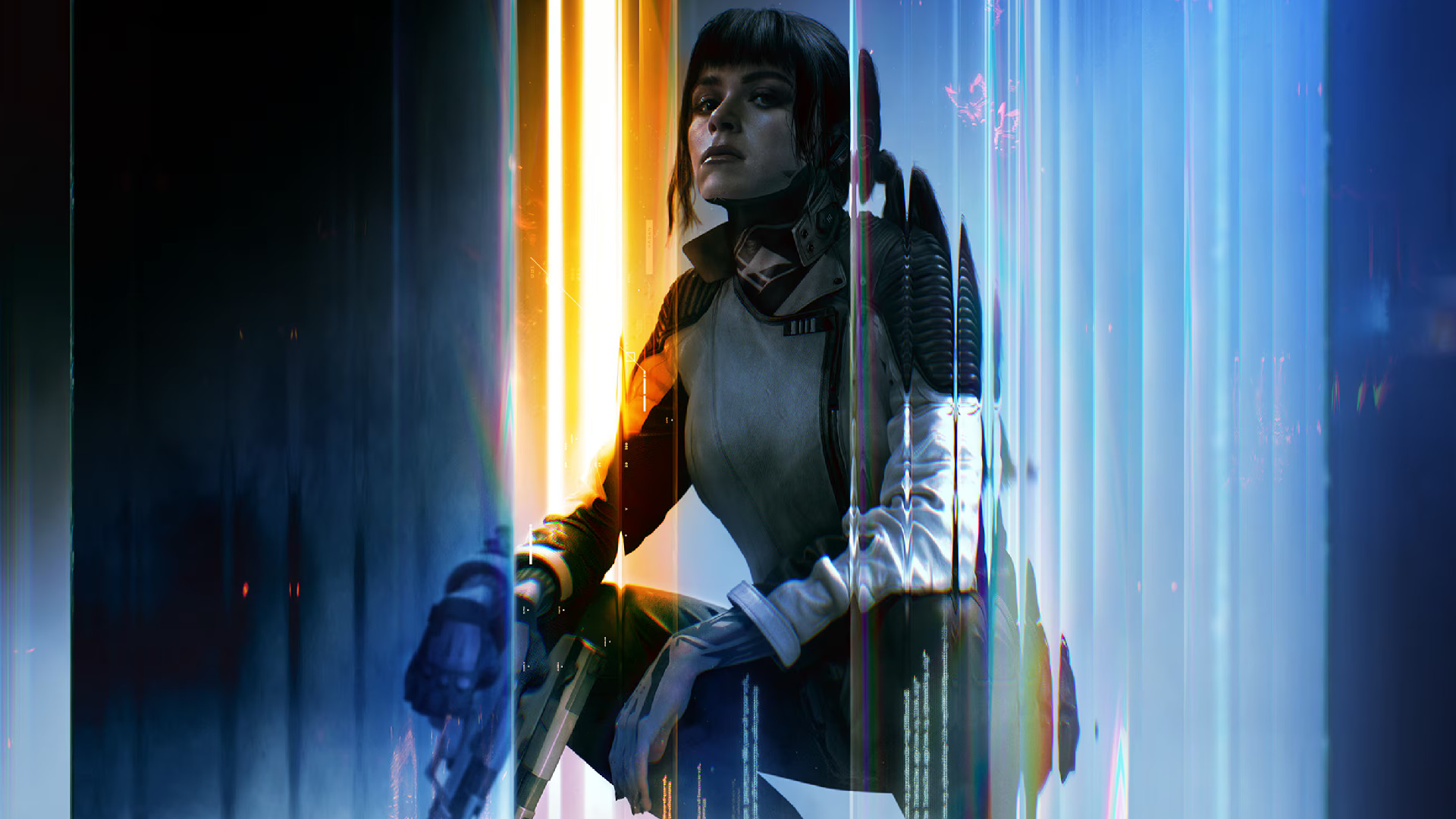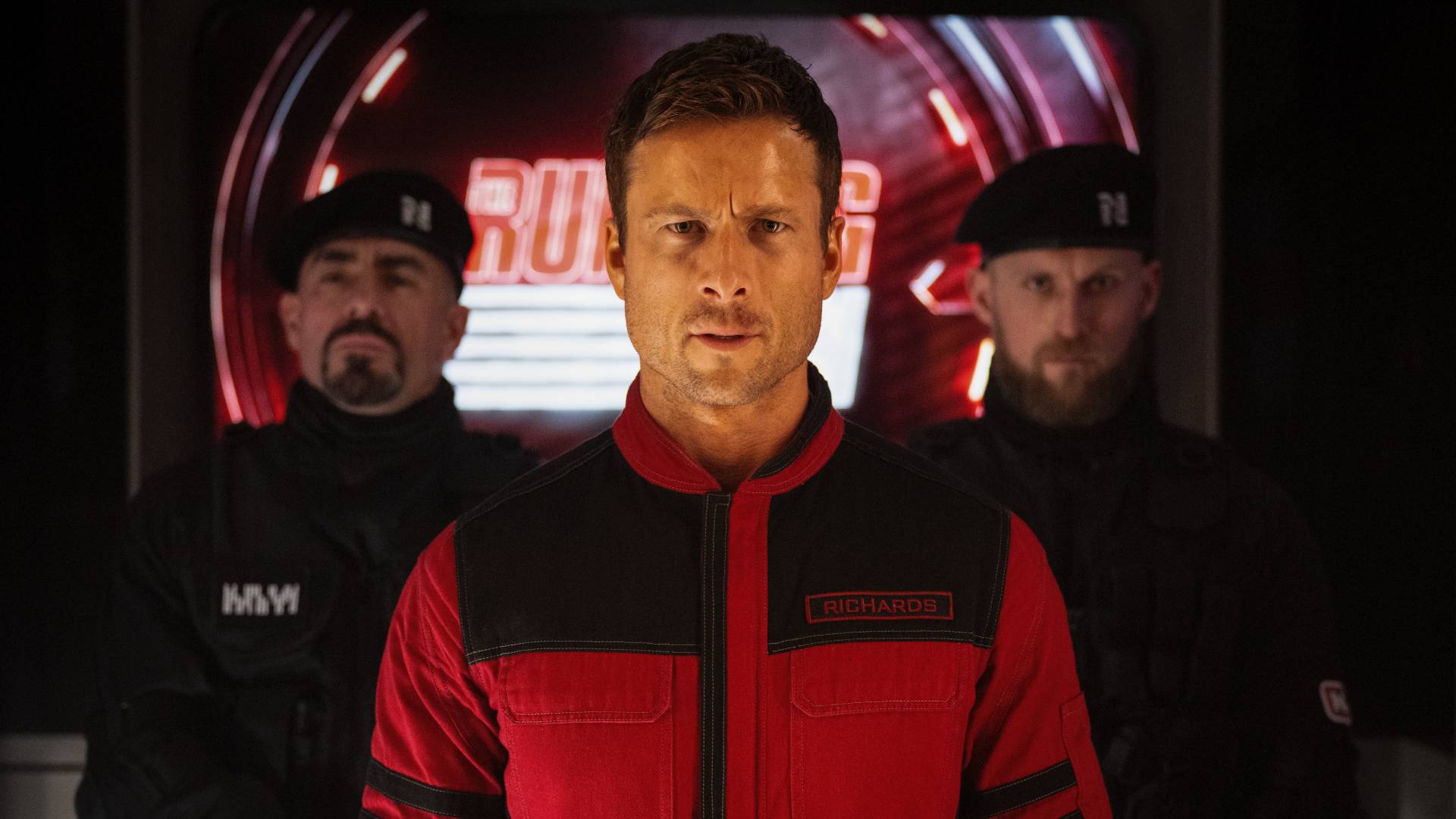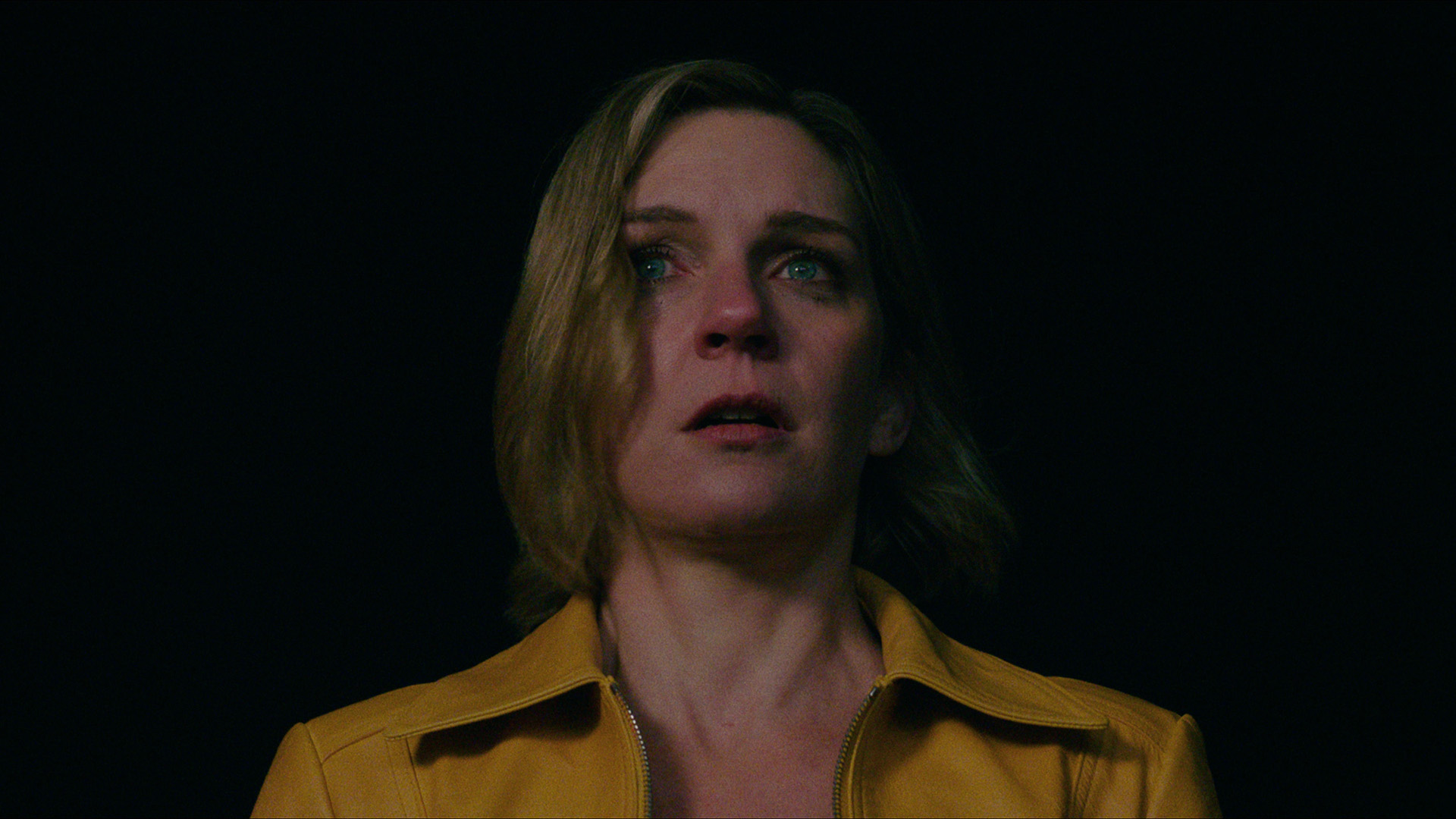The unsung hero of Metal Gear Solid
Solid Snake was always supposed to be the hero of the Metal Gear franchise. He was inspired by Snake Plissken from Escape From New York. His image on the cover of the NES version of Metal Gear is almost identical to Kyle Reese in The Terminator. He's saved the day countless times from the grips of nuclear holocaust. Solid Snake is, in many ways, the ultimate video game representation of the archetypal Hollywood hero; unwavering in the face of overwhelming odds, unflinching at the sight of threats both nuclear and supernatural. Even when Raiden takes center stage in MGS2, Solid Snake is still very much the hero of that game, even as he guides Raiden to complete his objectives.
But something changed around Metal Gear Solid 3. After writing himself into a corner in MGS2, Hideo Kojima shifted the series' focus to the 1960s, finally telling the origin story of the series' most diabolical villain: Big Boss. But in doing so, something fantastic happened. The series was no longer about Solid Snake and his attempts to right the wrongs caused by a laundry list of absurdly over-the-top megalomaniacs. Now, Metal Gear Solid was about a tragic hero's fall from grace; how his plan to unite the world caused untold conflict and strife; how Solid Snake has been a pawn, used by the real villain from the start; and how Big Boss ultimately breaks the 50-year-long cycle of violence he helped create.
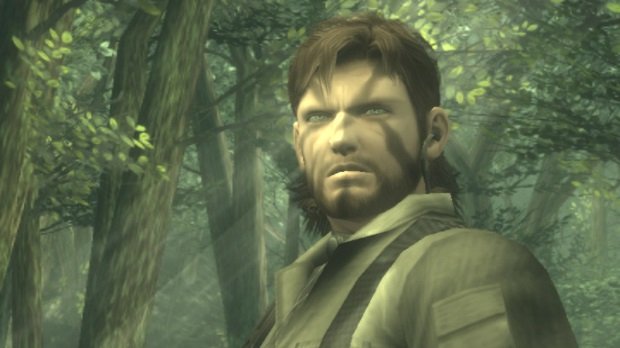
In many ways, Big Boss is the Anakin Skywalker of the Metal Gear Solid franchise - a one-dimensional villainous figure who slowly gained humanity and depth as the series grew and developed. You could easily make an argument that Darth Vader is the real hero of the Star Wars saga; that Anakin was meant to be the chosen one, but was twisted by darkness until his son, Luke, pulled him out of it. In the end, Luke Skywalker was a supporting character in Anakin's own hero's journey, much like Solid Snake is with Big Boss. By the time Return of the Jedi rolled credits, we had a much different perspective on what it meant for Anakin to become Darth Vader, and what sacrifices it took to finally achieve redemption.
But unlike Star Wars (and, well, virtually every major series ever), Metal Gear's story is told out of sequence, and to explore why Big Boss is the Anakin Skywalker of the Metal Gear franchise, we have to remember that Kojima has crafted the series over the course of nearly three decades without any real master plan. Instead, he opts to tell each story individually and fit the pieces in however he can, which often includes liberal doses of retroactive continuity. While this certainly makes following Metal Gear's timeline far more convoluted than it really should be, it also means that characters and events can be given a whole new context - and how a series' greatest demon can actually be its most misunderstood savior.
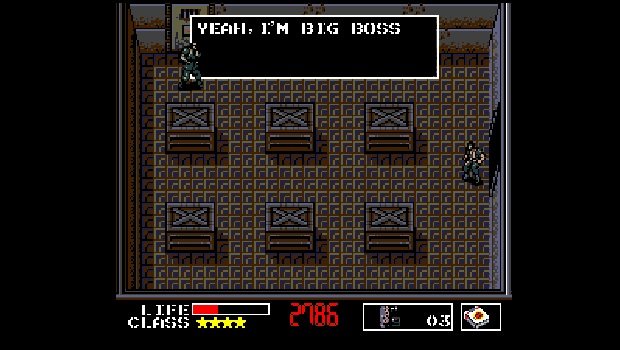
When the series first started out on the Japanese MSX2 computer, Big Boss was a cartoon villain, double-crossing Solid Snake at the game's 11th hour. But in Metal Gear 2: Solid Snake, we start to see a deeper, more nuanced side of Big Boss. He still has nefarious plans, but we learn that he truly cares for the children and resistance fighters he takes in. These soldiers revere him as a father figure and idolize him, and they willingly work with Big Boss to take on the government that betrayed them. Solid Snake defeats Big Boss with a makeshift flamethrower at the end of the game and emerges a hero, but we still get the feeling that maybe Big Boss isn't the real villain here; that the true enemy is more of a concept than a single entity.
The pieces are falling into place, but it wasn't until the 1960's-era MGS3 that we really got a sense of why Big Boss became the feared despot of the MSX2 era. Manipulated by the government to kill the one woman he truly loved, Big Boss becomes disillusioned with the current state of global affairs and strikes out on his own, partnering with his former CO, Major Zero, to create The Patriots. The cloning project that gave birth to Solid and Liquid caused a schism between Zero and Big Boss, generating a perpetual rivalry that would span decades and continents. In its final, 70-minute-long cutscene, MGS4 reveals that Big Boss had been trying to fight Major Zero since the beginning, that every ounce of pain and strife that Solid Snake has gone through has been a result of the struggle between these two stubborn individuals.
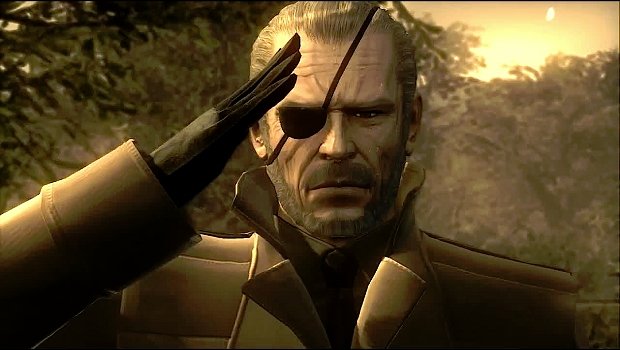
Knowing that now, it's interesting to go back and play those old MSX2 games and see them in a whole new light. Big Boss wasn't just building up nuclear armaments to take over the world - he was doing it to defeat Major Zero and his clandestine organization. In fact, it's The Patriots who invariably use Solid Snake out of self-preservation to foil Big Boss' plans. The final moments of MGS4 sees Big Boss finally ending the cycle by killing Major Zero and sharing a final, tearful goodbye with his 'son', Solid Snake, before paying for his own sins with his life.
Weekly digests, tales from the communities you love, and more
That's what makes following Big Boss into Metal Gear Solid 5 so interesting. We already know how all this ends, how many of the series' narrative threads get tied up in MGS4. While The Phantom Pain aims to show us how Big Boss became the demon we knew from the MSX2 games, we already know the man he was up to that point, and the man he becomes afterward. The path he takes is tragic, and thanks to the series' narrative structure, fated.
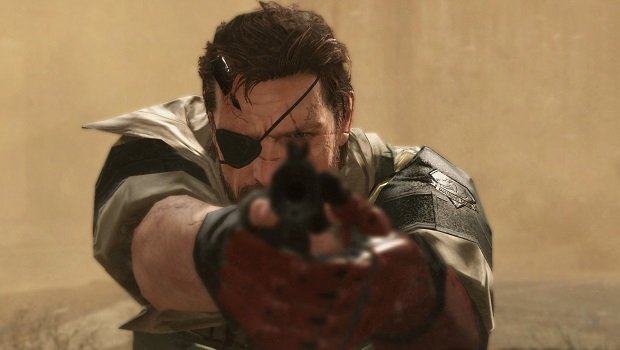
So while Solid Snake may have been the 'good guy' of the Metal Gear universe and the main character for many years, ever since Snake Eater, the story is no longer about him - he's merely a supporting actor in someone else's narrative. A single game has reframed the entire structure of the Metal Gear saga to tell the story of a soldier who fell from grace and the fallout of his actions. Over the course of three decades, Metal Gear has transformed from an action series into a tragedy, and Big Boss has replaced Solid Snake as is its tragic hero.

